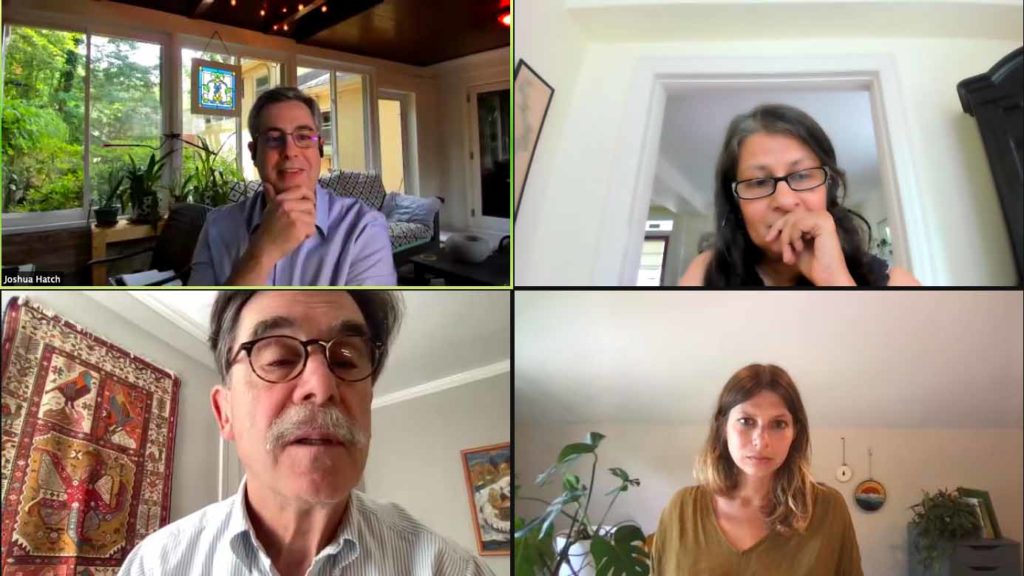The new chapters complement the diverse range of tools and topics covered in the handbook’s first edition.
KSJ Debuts Brazilian Edition of Science Editing Handbook
The handbook, authored by some of the world’s top science journalists, is now free to download in Portuguese, Spanish, and English.
In Latest KSJ Webinar, Journalists Reflect on Science’s Human Side
Journalists Emily Anthes, Apoorva Mandavilli, and Ed Yong spoke about the structures and incentives that shape science — and how Covid-19 is changing them.
At Latest KSJ Webinar, Health, Medicine, and Covid-19 Take Center Stage
Journalists Erin Brodwin and Katherine Wu joined health policy expert Carmel Shachar to offer tips on reporting with depth, compassion, and a suitable dose of skepticism.
In KSJ’s Science Editing Webinar Series, a Masterclass on Climate Journalism
Journalists from NPR, Yale Environment 360, and Southerly Magazine spoke about the urgency of the climate crisis — and how to tell stories that resonate.
They Don’t Just Fall Out of Trees: Three Science Writers on the Art of Finding Expert Sources
In a wide-ranging webinar, journalists Wudan Yan, Melinda Wenner Moyer, and Roxanne Khamsi shared insider tips for finding and vetting sources.


 "
" "
" "
" "
" "
" "
"